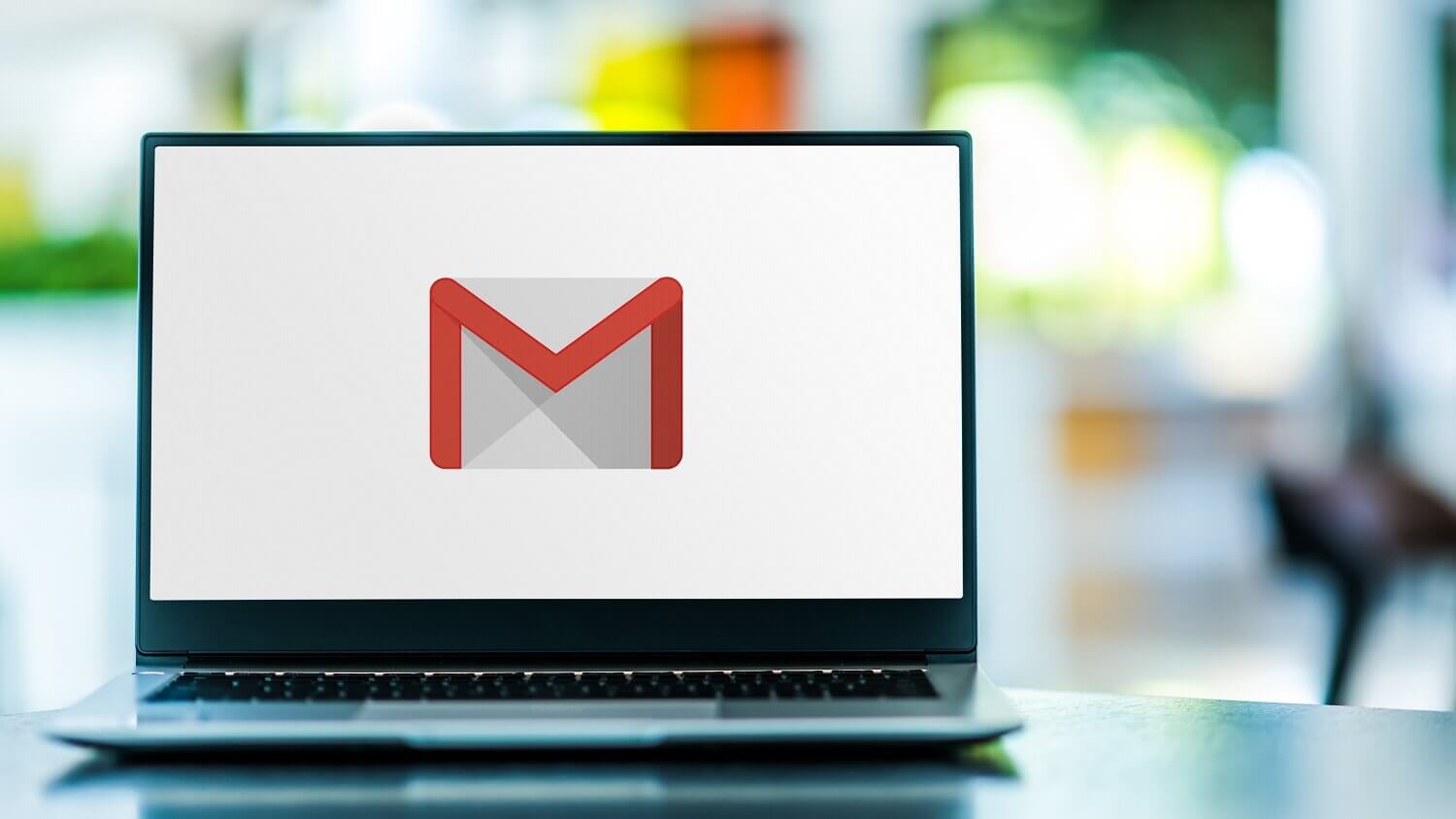Recent findings indicate that the number of emails sent and received worldwide in 2025 is 347.3 billion. It shows an increase of 4.3% over the last year. With such a huge volume comes numerous chances for you to promote your business through every single email you and your team write.
Don’t underestimate the power of a professional email signature. This small gesture is your chance to let people know who you are, how they can contact you, and where they can learn more about what you do.
You wouldn’t want to miss out on a chance to engage with people you email, right? So why settle for including your name and contact information only in your signature? You can make the most of this opportunity by adding more features. Let’s take a look at the design guidelines for email signatures.
How to Design a Professional Email Signature
Need to design a brilliant email signature? Follow these email signature design guidelines and you’ll be set.
1. Info Collection and Defined Goals
Before you create your signature, consider what you want to accomplish. Now think about which assets will support this intention. These can range from logos and photos to banners and graphics
2. Create Variations
Here, you can explore a variety of colour palettes, font sizes, and styles. If you already have a brand logo and usage guidelines, then you should follow these in your signature design.
3. Putting the Pieces Together
When designing your email signature, consider the size and dimension of the file. The suggested file size is 40kB with ideal signature dimensions being no more than 650 pixels wide and between 90 and 150 pixels high.
4. Review the Signature
After creating your signature, you should request feedback from trusted colleagues and friends to make sure it looks professional, on-brand, and fulfils its intended purpose.
What to Include in an Email Signature?
1. First Name & Last Name
As with postal mail correspondence, it is essential to include your name in the email signature. You can also add it as the first line of text so that recipients are aware of who sent them a message, such as “Hi Jon, it’s Dolly Jones from Corporate Cleaning”.
2. Affiliation Info (Job Title, Department, etc.)
After your name, ensure to attach a few of your affiliations such as job title and company or department. As you gradually create an impressionable relationship with the recipient, your reputation should speak for itself.
3. Secondary Contact Information
Secondary contact info is just as significant. It allows the recipient to access alternative ways to get in touch with you. That may include your office phone, mobile phone, or any other form of communication.
4. Social Profile Icons
It is beneficial to add links to your social media pages in emails you send out. It reinforces your personal brand and also assists individuals to stay connected with you. .
5. Call to Action
Enhancing your email signature with a call-to-action is one of the smartest decisions you can make. The utmost effective CTAs are those that are straightforward, up-to-date, subtle, and match your email style. CTAs can range from ‘Learn More’ and ‘Sign up’ to ‘Buy Now’ and encourage recipients to click through to your key landing pages, content or sales platform.
6. Booking Links
Save yourself the headache of tedious email chains when scheduling meetings with clients and colleagues. Make it simpler by adding a link to book your calendar right into your email signature.
7. Industry Disclaimer or Legal Requirements
In highly regulated industries like legal, financial, and insurance, it is critical to guarantee the security of private data when sending emails. Before transferring any documentation or communication, ensure you review the laws in your sector. Include a disclaimer in your signature line about email transmissions.
8. Photo or Logo
A great way to make your emails unique and memorable is by adding an image to your signature. You can use a professional picture of yourself so that new people can recognize who sent the email. You can do the same with a logo showcasing your company branding for more brand recognition.
Parting Thoughts
When crafting your professional email signature, make sure to stay true to yourself and showcase a bit of your personality. In addition to the essential contact information, you can use the above-mentioned points as an opportunity for self-expression with each message you send out.
Use these email signature best practices and craft a signature that not only symbolizes your brand but also adds flair to each of your emails.




